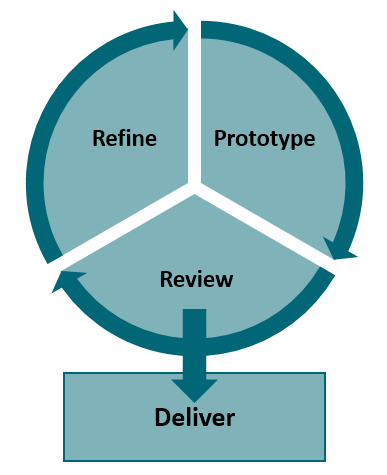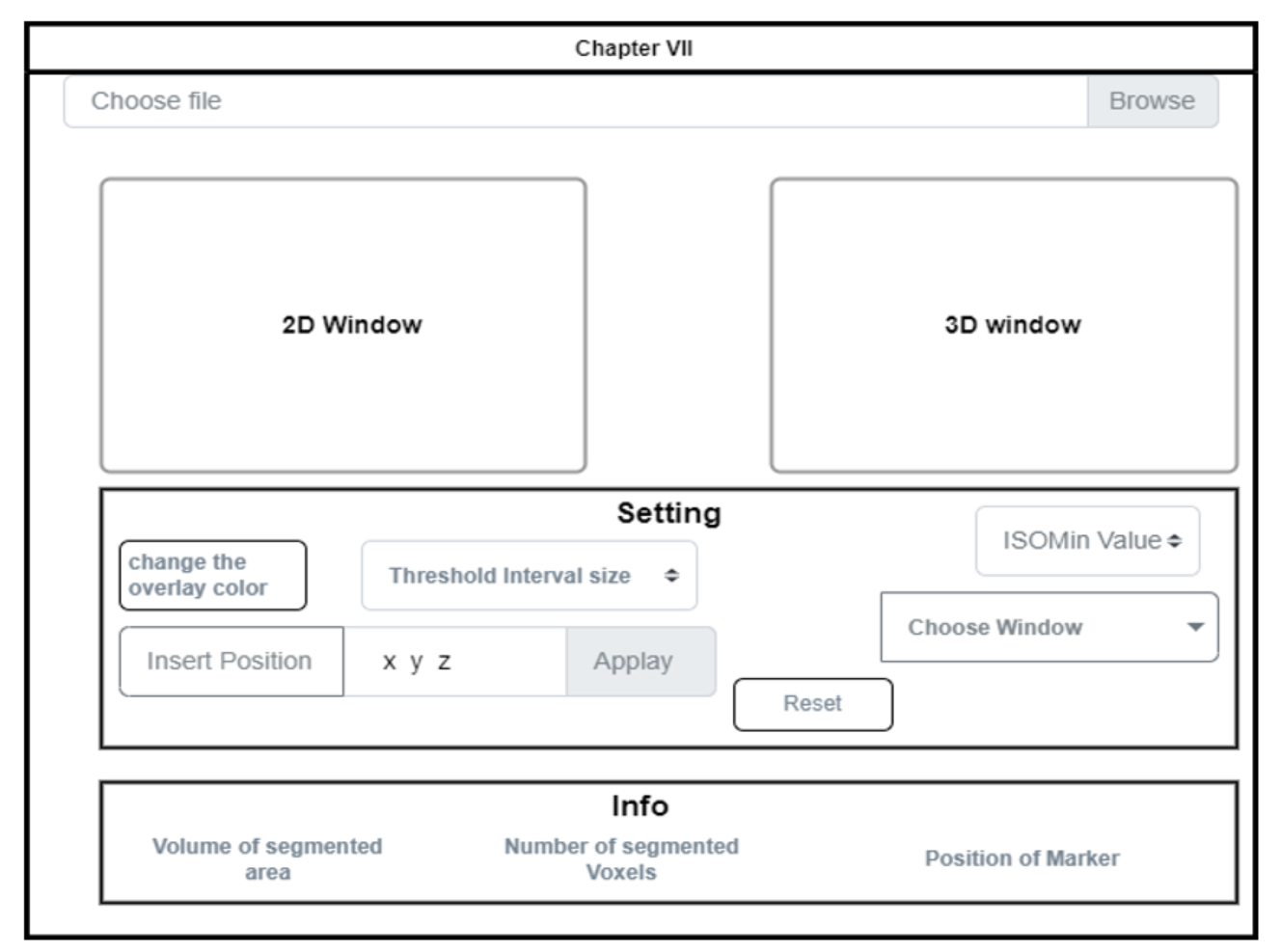MeVisLab Tutorial Chapter VII
Summary
This chapter will summarize all previous chapters and you will develop a whole application in MeVisLab. The complete workflow from developing a prototype to delivering your final application to your customer is explained step-by-step.
Some of the features described here will require a separate license. Building an installable executable requires the MeVisLab ApplicationBuilder license. It extends the MeVisLab SDK so that you can generate an installer of your developed macro module.
Free evaluation licenses of the MeVisLab ApplicationBuilder, time-limited to 3 months, can be requested at sales(at)mevislab.de.
Prototype
Step 1: Develop your network
In the first step, you are developing an application based on the following requirements:
- Requirement 1: The application shall be able to load DICOM data.
- Requirement 2: The application shall provide a 2D and a 3D viewer.
- Requirement 3: The 2D viewer shall display the loaded images
- Requirement 4: The 2D viewer shall provide the possibility to segment parts of the image based on a RegionGrowing algorithm
- Requirement 4.1: It shall be possible to click into the image for defining a marker position for starting the RegionGrowing
- Requirement 4.2: It shall be possible to define a threshold for the RegionGrowing algorithm
- Requirement 5: The 2D viewer shall display the segmentation results as a semi-transparent overlay
- Requirement 5.1: It shall be possible to define the color of the overlay
- Requirement 6: The 3D viewer shall visualize the loaded data in a 3-dimensional volume rendering
- Requirement 7: The 3D viewer shall additionally show the segmentation result as a 3-dimensional mesh
- Requirement 8: The total volume of the segmented area shall be calculated and shown (in ml)
- Requirement 9: It shall be possible to toggle the visible 3D objects
- Requirement 9.1: Original data
- Requirement 9.2: Segmentation results
- Requirement 9.3: All
Step 2: Create your macro module
Your network will be encapsulated in a macro module for later application development. For details about macro modules, see Example 2.2: Global macro modules.
Step 3: Develop a User Interface and add Python Scripting
Develop the UI and Python Scripts based on your requirements from Step 1. The resulting UI will look like below mockup:
Review
Step 4: Write automated tests for your macro module
Test your macro module in MeVisLab. Your requirements from Step 1 are translated into test cases written in Python. The fields accessible via Python as defined in Step 2 shall be used to test your application.
Step 5: Create an installable executable
Create a standalone application by using the MeVisLab ApplicationBuilder and install the application on another system.
Refine
Step 6: Update your network and macro module
Integrate feedback from customers having installed your executable and adapt your test cases from Step 4.
Step 7: Update your installable executable
Re-build your executable and release a new version of your application.
The above loop can easily be repeated until your product completely fulfills your defined requirements.




